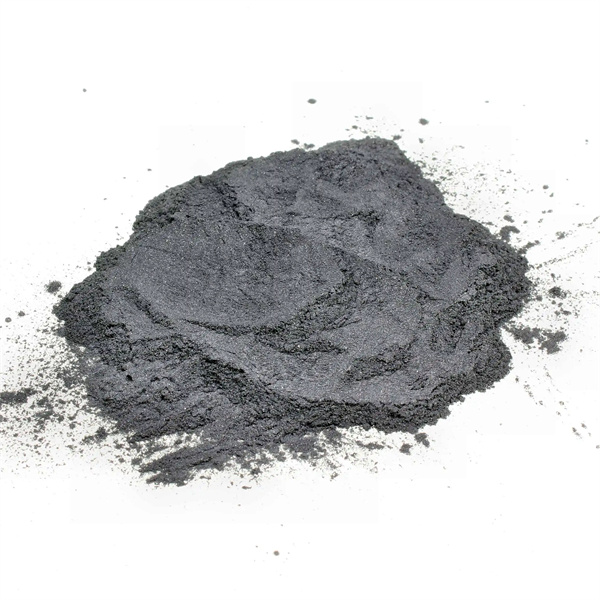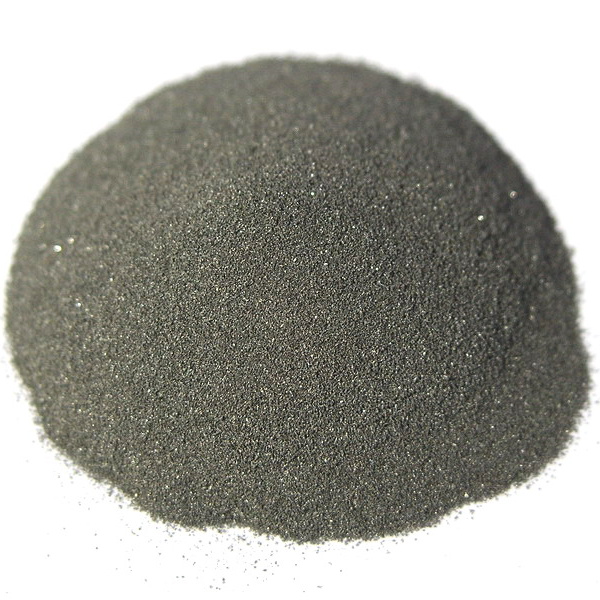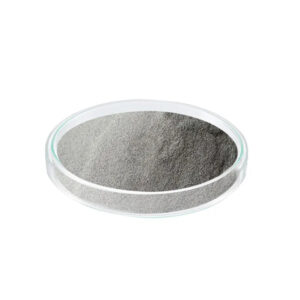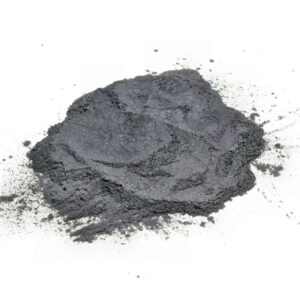耐火金属粉末 本指南介绍了耐火粉末的成分、颗粒规格、性能数据、价格和比较,为采购决策提供参考。本指南涵盖耐火粉末成分、颗粒规格、性能数据、价格和比较,为采购决策提供参考。
耐火金属粉末简介
耐火粉末的主要功能包括
- 可承受极高的温度
- 在极端温度下保持高强度
- 抗蠕变变形和开裂
常用的合金有
- 钨-镍-铜等钨重合金
- 钼 TZM 合金
- 钽粉
本指南提供了选择耐火粉末时的注意事项:
- 合金成分和生产方法
- 机械性能测试数据
- 粒径分布建议
- 形态、密度和流动特性
- 基于订单量的定价估算
- 抗氧化性和抗腐蚀性比较
- 固体形式的优缺点对比
- 印刷参数优化常见问题

耐火金属粉末成分
表 1 显示了按主要元素添加量划分的耐火金属粉末成分,但根据合金种类的不同会有一些变化:
| 合金 | 主要合金元素 |
|---|---|
| 钨重合金 | W、Ni、Cu、Fe |
| 钼 TZM | 钼、钛、锆 |
| 钽 | 面对 |
少量添加的碳、钾、硅和硼还能稳定微观结构和晶粒大小,从而根据工作条件定制抗高温蠕变性能。
机械性能和测试方法
表 2 显示了耐火金属粉末合金所能达到的典型最低机械性能,实际值会因构建几何形状、后处理和热处理而有所不同:
| 合金 | 密度 | **拉伸强度 ** | 测试方法 |
|---|---|---|---|
| 钨重合金 | 18 克/立方厘米 | 550 兆帕 | ASTM E8 |
| 钼 TZM | 10.2 克/立方厘米 | 485 兆帕 | ASTM E8 |
| 钽 | 16.6 克/立方厘米 | 207 兆帕 | ASTM E8 |
通过取样仔细验证交付的粉末批次属性与认证是否一致,以确保一致性。
耐火金属粒度建议
表 3 显示了优质耐火粉末常用的粒度分布:
| 尺寸范围 | 典型网格 | 常用印刷范围 |
|---|---|---|
| 精美 | -325目 | 15-45 微米 |
| 标准 | -100目 | 149 微米 |
| 粗 | -60 +100 目 | 250 微米 |
其他重要的粉末特性:
- 球形颗粒形态
- 超过 30 秒大厅漏斗时间的良好流速
- 表观密度在真实密度的 5% 范围内
- 氧气和水分含量低
通过粒度选择和分布,平衡粉末的高流动性和印刷分辨率需求。
粉末形态、密度和流动特性
表 4 比较影响印刷工艺稳健性的一般质量水平之间的粉末特性:
| 参数 | 优质粉末 | 入门级粉末 |
|---|---|---|
| 形态学 | 高度球形 | 参差不齐 |
| 流量 | 霍尔流量 > 35 秒(50 克 | 霍尔流量 < 25 秒(50 克 |
| 表观密度 | > 90% 真密度 | 真实密度通常<80% |
| 水分含量 | <0.01% | >0.02% |
不良的粉末特性需要大量的参数调整才能达到打印质量,从而降低了生产率。
耐火金属粉末定价
表5 概述了正常市场条件下耐火粉末的大致定价:
| 订单量 | 价格估算 |
|---|---|
| 10 千克 | $450+/kg |
| 100 公斤 | $275+/kg |
| 500 多公斤 | $200+/kg |
| 1000+ 千克 | 子键折扣 |
- 高级合金的基准价格更高
- 超过 500 千克的批量订单可使 >40% 的价格降低
- 与商品指数挂钩的实际市场价格
- 仔细验证供应商提供的真实产量和可用馏分
抗氧化和抗腐蚀性能
耐火金属粉末 在氧化环境中具有极高的熔点和稳定性:
表6
| 合金 | 熔点 | 抗氧化性 |
|---|---|---|
| 钨重合金 | 1400°C | 优秀 |
| 钼 TZM | 2600°C | 优秀 |
| 钽 | 2996°C | 极端 |
由于铬、铝和硅含量高,形成了坚固的氧化物屏障,即使在接近熔点的极端温度下也能防止材料流失。
优点与缺点:粉末与固体形式
表7
| 优势 | 缺点 | |
|---|---|---|
| 耐火金属粉末 | 复杂几何形状 | 更高的成本 |
| 出色的高温强度 | 后期处理 | |
| 减轻体重 | 参数优化 | |
| 耐火金属固体 | 降低成本 | 形状限制 |
| 可用性 | 非常重 | |
| 机械加工性能 | 材料浪费 |
一般来说,耐火粉末适用于热阻至关重要的小体积复杂部件。标准碾磨产品的形式为大量生产简单形状的产品提供了经济实惠的选择。
战略性地组合供应形式可降低总体计划成本。

常见问题
表 8 - 常见问题
| 常见问题 | 回答 |
|---|---|
| 我应该审查测试报告吗? | 是,验证认证数据表明粉末质量 |
| 我应该使用多大的粉末颗粒? | 15-45 微米平衡分辨率和流量 |
| 是什么影响了一致性? | 生产方法会影响变异性 - 真空熔化最好 |
| 最初应该买多少? | 小规模起步,流程验证后再增购 |
表 9 - 以应用为重点的建议:
| 常见问题 | 回答 |
|---|---|
| 如何优化火箭喷嘴组件? | 使用小于 10 微米的超细 W 或 Mo 粉末打印 2 毫米以下的通道 |
| 哪种后处理方法能降低孔隙率? | 热等静压和惰性气氛可防止氧化 |
| 哪种耐火合金能最大限度地提高抗蠕变性? | 根据工作温度,考虑在钨重合金中添加钾、硅和硼 |
| 如何调整参数以获得超精细的特征分辨率? | 放慢扫描速度,增加舱口间距,使用机器允许的最小层厚 |







